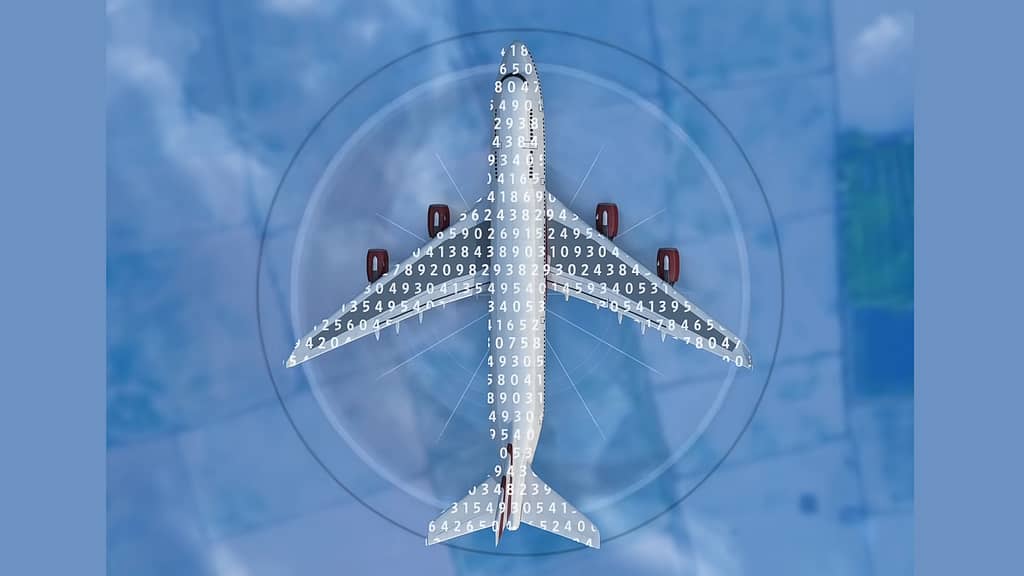Autopilot, a term often associated with futuristic visions of fully autonomous flying, is a critical component of modern aviation that assists pilots in safely navigating commercial aircraft. In this article, we will delve into the inner workings of autopilot technology, its role in aviation, and how it helps pilots ensure a smooth journey for passengers. Captain Sonya Laxo, a 23-year veteran at American Airlines, provides valuable insights into the technology behind autopilot and its application in the cockpit.
The Autopilot Technology System
The autopilot, technically known as the Auto Flight Control System (AFCS), is just one of the many automated technologies integrated into today’s aircraft. Its primary purpose is to assist pilots by taking control of certain flight control surfaces, such as ailerons, flaperons, spoilers, elevators, and the rudder. This automation enables pilots to momentarily relinquish manual control and focus on other critical tasks during a flight.
Captain Laxo highlights two critical components of the autopilot system: the autopilot flight director system and the autothrottle system. These systems are controlled through the mode control panel and the flight management computer (FMC). The FMC, affectionately known as “the box” among pilots, plays a pivotal role in routing and performance calculations.
Autopilot plays a significant role in different phases of flight, including climbs, cruises, descents, and approaches. Pilots use the mode control panel and the FMC to command the autopilot system, ensuring the aircraft follows a predetermined flight profile. This level of automation enhances flight efficiency and safety, as well as passenger comfort.
External Sensors
The functionality of the autopilot extends beyond the cockpit, relying on a network of sensors positioned around the aircraft. These sensors continuously collect data on various parameters, including GPS information, airspeed, and altitude. This data is fed back to the onboard computers, allowing the autopilot system to make real-time adjustments to maintain the aircraft on its intended flight path.
To maneuver the aircraft, the autopilot operates along three axes: longitudinal (nose to tail), lateral (wingtip to wingtip), and vertical (through the middle of the aircraft). Different control surfaces are responsible for each axis. For example, ailerons, flaperons, and spoilers control the longitudinal axis, while elevators handle the lateral axis, and the rudder manages the vertical axis.
Supervised Automation
It’s crucial to understand that autopilot is a tool that aids pilots; it does not replace them. While the autopilot maintains its wings level and follows the route, the pilot continuously monitors its actions. This supervision ensures that the autopilot operates safely and efficiently, making adjustments when needed.
Autopilot systems have built-in safety features that prevent pilots from making extreme inputs that could endanger the aircraft. However, in certain weather conditions or critical situations, pilots may need to disengage the autopilot and take manual control to ensure the safety of the flight.
Autopilot is typically engaged after takeoff, and pilots may choose to engage it sooner, depending on operational requirements. Pilots can also disengage the autopilot at any time, allowing them full control over the aircraft. Although autopilot manages the majority of the flight, pilots remain vigilant and actively manage tasks related to fuel, weather, and emergency planning.
Weather conditions can influence how autopilot is used during a flight. Pilots can adjust the autopilot to navigate around weather systems, ensuring a smoother ride for passengers. In low-visibility situations, the autopilot can even execute an auto-landing, though pilots closely monitor its performance.
Safety and Automation
Automation, including the autopilot system, has significantly contributed to improved aviation safety. However, it’s essential to acknowledge that automation is most effective when used in conjunction with skilled pilots who can take over in critical situations. Recent events, such as the Boeing 737 MAX crashes, have highlighted the importance of proper system design and pilot training.
Aviation technology continues to advance, with companies working on increasingly sophisticated autopilot systems aimed at reducing pilot workload and enhancing safety. However, it’s essential to remember that autopilot’s capabilities have limits and that it cannot replace human expertise in all aspects of flying.
Autopilot is a vital tool in modern aviation that assists pilots in safely navigating commercial aircraft. It operates alongside skilled pilots, enhancing flight efficiency and safety. Understanding the inner workings of autopilot and its role in aviation sheds light on the complex and dynamic nature of modern flight. As technology continues to advance, autopilot will remain a critical component of the aviation industry, ensuring passengers reach their destinations safely and comfortably.




